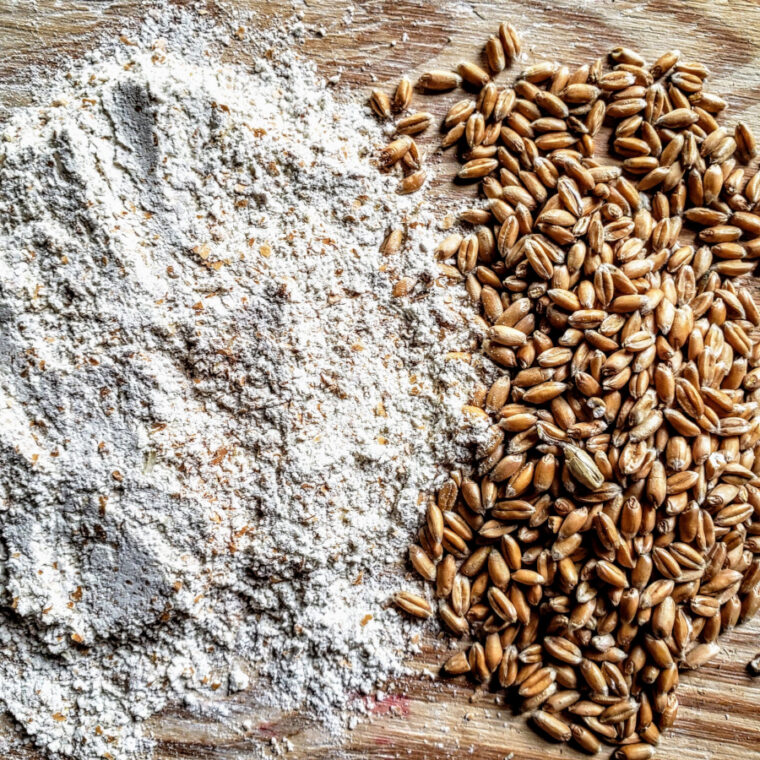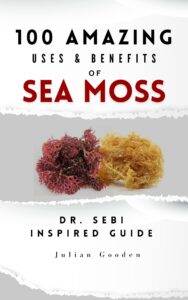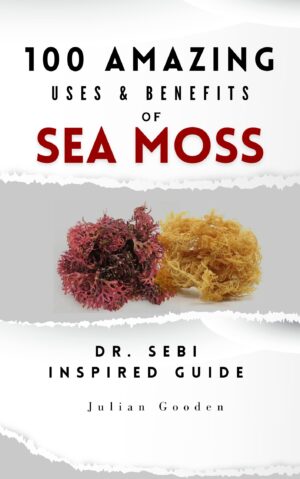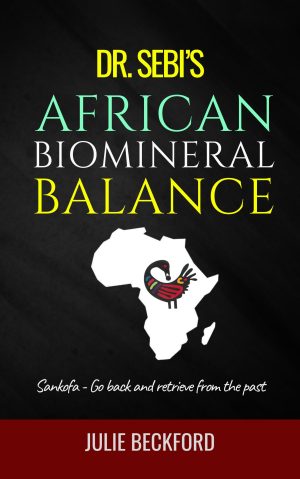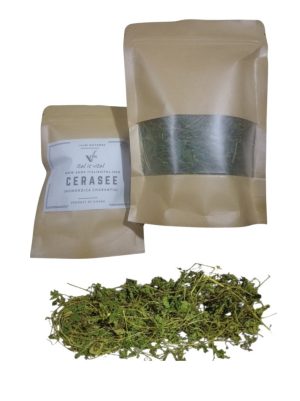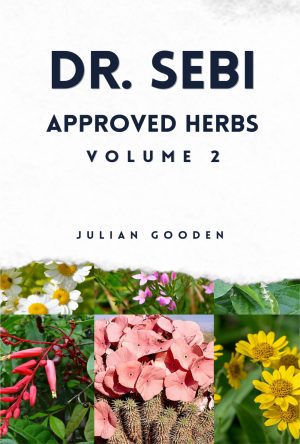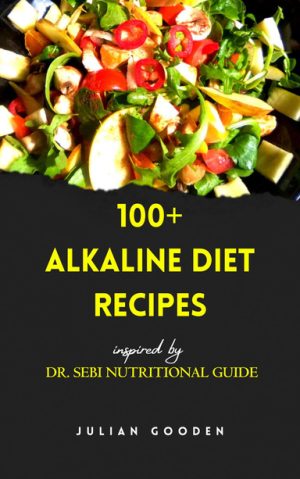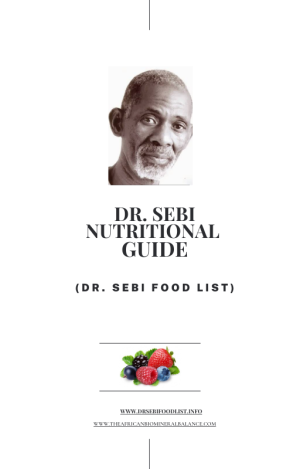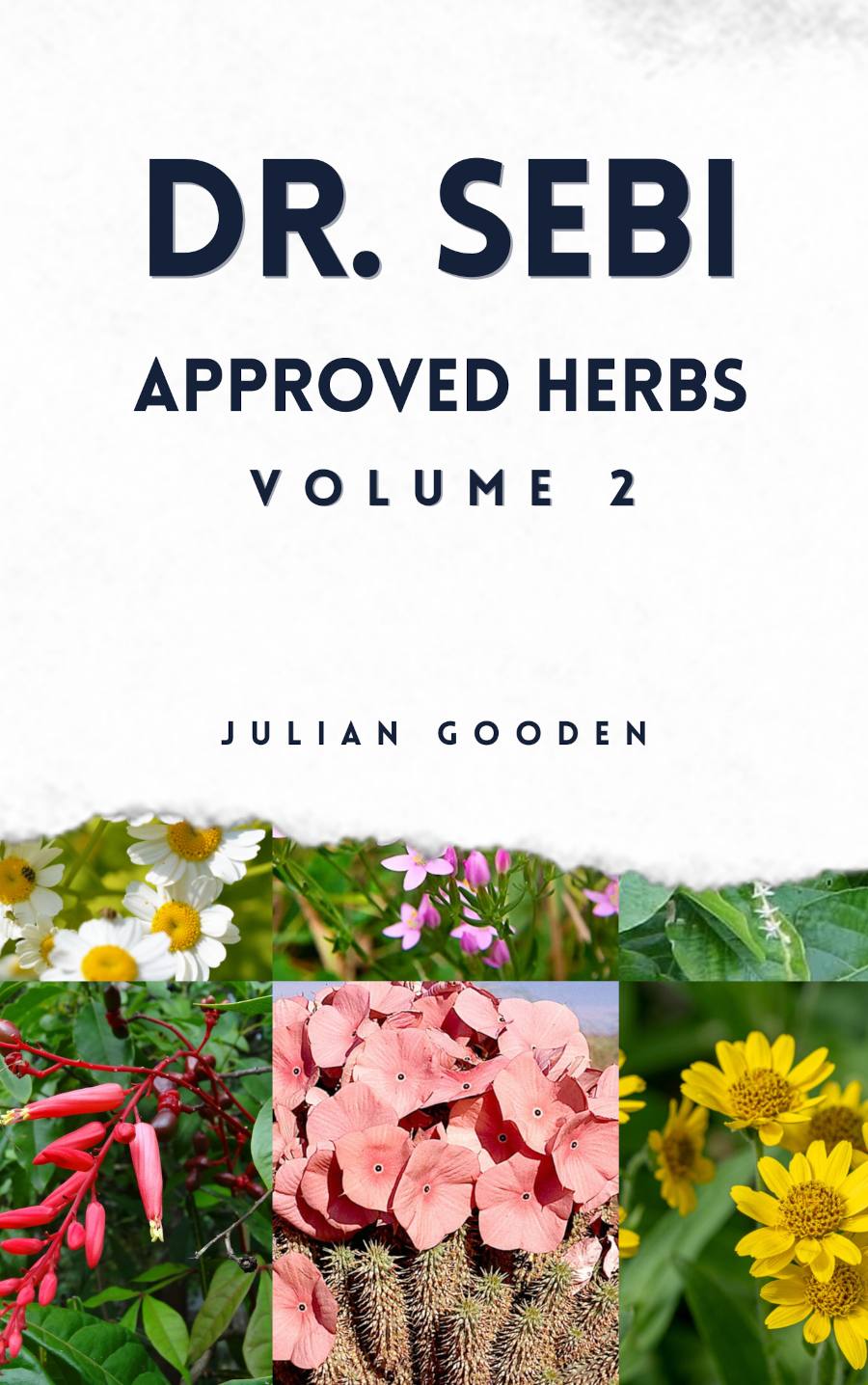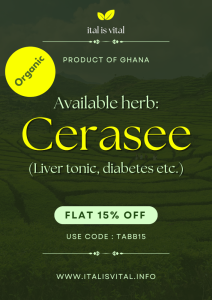Spelt (Triticum spelta), an ancient grain with a rich history, has sparked both intrigue and debate within natural health and alkaline diet communities. Praised by some as a nutrient-dense alternative to modern wheat, it’s also scrutinized by those adhering strictly to Dr. Sebi’s African Bio-mineral Balance principles. Is spelt truly alkaline-approved, or is it a compromise food? Let’s break it down, exploring its place in the Nutritional Guide, its genetic makeup, and how it fits into a healing journey.
Is Spelt Dr. Sebi-Approved?
Though Spelt is listed in Dr. Sebi’s Nutritional Guide, its status is nuanced. The guide discourages all wheat varieties due to their potential to contribute to mucus formation and acidity. However, spelt flour appeared as an acceptable item, particularly as a transitional replacement for processed, hybrid wheat flours like white flour.
- Use Case: Spelt, primarily in flour form is used for baking or occasional consumption, such as in flatbreads, pancakes, or muffins.
- Why? Compared to modern wheat, spelt is less hybridized, retains more nutrients, and has a simpler genetic structure with lower, more digestible gluten content.
- Important Note: I would presume that spelt is not the best option for those seeking deep detox or reversal of chronic illness. However, Spelt’s inclusion reflects practical flexibility for those transitioning from acidic, processed diets to a fully alkaline lifestyle.
For those new to the alkaline path, spelt can serve as a bridge, but it’s not a staple for long-term healing.
What Makes Spelt Different from Modern Wheat?
Spelt stands apart from modern wheat (Triticum aestivum) due to its ancient origins and minimal human intervention. Here’s a side-by-side comparison:
| Category | Spelt | Modern Wheat |
|---|---|---|
| Genetic Structure | Ancient, naturally hybridized | Intensely hybridized (man-made) |
| Ploidy | Hexaploid (6n = 42 chromosomes) | Hexaploid (6n = 42 chromosomes) |
| Gluten Content | Lower, more soluble | Higher, more inflammatory |
| Digestibility | Easier for some | Often triggers sensitivities |
| Nutrient Density | Higher in magnesium, zinc, fiber | Depleted due to refinement |
Spelt’s Genetic Lineage & Ploidy Explained
To understand spelt’s place in the wheat family, let’s dive into its genetic makeup and ploidy – the number of chromosome sets in its cells.
- What Is Ploidy? Ploidy refers to the number of chromosome sets in a plant’s cells, which affects its genetic complexity and traits like gluten content. Wheat species vary in ploidy:
- Diploid (2n): 2 sets, 14 chromosomes.
- Tetraploid (4n): 4 sets, 28 chromosomes.
- Hexaploid (6n): 6 sets, 42 chromosomes.
- Spelt’s Ploidy: Spelt is a hexaploid grain (6n = 42 chromosomes), like modern bread wheat. This high chromosome count contributes to its gluten content and digestive complexity.
- Genetic Lineage: Spelt is an ancient hybrid that evolved naturally over thousands of years, not through modern genetic engineering. Its ancestry includes:
- Triticum urartu (diploid, 2n = 14): Contributes the A genome.
- Aegilops speltoides (diploid, 2n = 14): Contributes the B genome, hybridizing with T. urartu to form tetraploid emmer wheat (Triticum turgidum, AABB, 2n = 28).
- Aegilops tauschii (diploid, 2n = 14): Contributes the D genome, combining with emmer to form hexaploid spelt (AABBDD, 6n = 42).
Thus, spelt’s genome is AABBDD, a result of natural crossbreeding over millennia, making it a direct ancestor of modern bread wheat but less manipulated than today’s varieties.
Why This Matters
- Natural Hybrid: Spelt’s natural evolution makes it less “toxic” than modern wheat, which undergoes intensive selective breeding and genetic modification.
- Gluten Concerns: Its hexaploid nature means it contains gluten, which can still pose issues for sensitive individuals or those pursuing deep mucosal healing.
- Alkaline Context: For strict adherents to Dr. Sebi’s method, spelt’s hybrid status and gluten content make it a compromise food, suitable only for transitional phases.
Gut & Mucus Considerations
While spelt is less processed and more nutrient-dense than modern wheat, it’s not without caveats:
- Gluten & Mucus: Spelt contains gluten, which may contribute to mucus formation and gut irritation in sensitive individuals. For those with gluten sensitivities or chronic conditions, even spelt’s lower gluten content may be problematic.
- Digestive Impact: Its simpler structure makes it easier to digest than modern wheat for some, but it’s not universally tolerated.
- Healing Journey: For deep detox or reversing chronic illness, avoiding all gluten-containing grains, including spelt, is often recommended. Spelt is best used sparingly, as a transitional food rather than a daily staple.
Compared to white flour or modern wheat, spelt is far less inflammatory and a practical option for those easing into an alkaline diet.
When and How to Use Spelt
Spelt can be a helpful tool for those transitioning to an alkaline lifestyle. Here’s how to incorporate it wisely:
- When to Use Spelt:
- You’re moving away from acidic, processed wheat-based foods.
- You’re preparing occasional baked goods while healing.
- You can tolerate small amounts of gluten without adverse effects.
- How to Use Spelt:
- Make homemade flatbreads, pancakes, alkaline-approved muffins, or dumplings using spelt flour.
- Combine with Dr. Sebi-approved flours like teff, amaranth, or chickpea flour to reduce gluten content and enhance nutrient variety.
- Opt for whole-grain spelt flour over refined versions to maximize nutritional benefits.
- Preparation Tips:
- Source organic, non-GMO spelt flour to avoid pesticides and processing additives.
- Use sparingly to minimize gluten exposure, especially during active healing phases.
Alternatives for Deeper Healing
For those committed to a strict alkaline, gluten-free, and non-hybrid diet, better grain and flour options include:
- Amaranth: Nutrient-rich, gluten-free, and non-hybrid.
- Teff: Small, ancient grain, naturally gluten-free.
- Fonio: Alkaline-friendly, non-hybrid, and easy to digest.
- Quinoa (original, small grain): Nutritious and gluten-free.
- Wild Rice: Non-hybrid and nutrient-dense.
- Chickpea Flour: Alkaline-approved for baking and cooking.
These options also align closely with Dr. Sebi’s strict guidelines, supporting deeper detoxification and healing without the risks associated with gluten or hybridization.
Conclusion: What’s the Real Deal with Spelt?
Spelt is an ancient grain that offers a nutrient-dense, less hybridized alternative to modern wheat. Its inclusion in Dr. Sebi’s Nutritional Guide reflects its role as a practical compromise for those transitioning to an alkaline lifestyle. However, its hexaploid nature and gluten content make it less than ideal for deep detox or reversing chronic conditions.
- Transitional? Yes – spelt is a helpful bridge for those moving away from processed wheat.
- Perfectly Alkaline or Healing? Not quite. For optimal health, prioritize non-hybrid, gluten-free grains like amaranth, teff, or fonio.
By understanding spelt’s genetic lineage, ploidy, and place in the alkaline diet, you can make informed choices that align with your healing goals. Use spelt wisely, and let it support, not define your journey to health.
References
- Dr. Sebi’s Nutritional Guide: Information on spelt’s inclusion is based on the Nutritional Guide. Dr. Sebi website and related alkaline diet forums. See: Dr. Sebi Official Website.
- Spelt’s Genetic Lineage and Ploidy:
- Shewry, P. R., & Hey, S. J. (2015). “The contribution of wheat to human diet and health.” Food and Energy Security, 4(3), 178–202. doi:10.1002/fes3.64. This article details the genetic evolution of wheat species, including spelt’s AABBDD genome and hexaploid nature.
- Feldman, M., & Levy, A. A. (2005). “Allopolyploidy-a shaping force in the evolution of wheat genomes.” Cytogenetic and Genome Research, 109(1-3), 250–258. doi:10.1159/000082407. Explains the natural hybridization of Triticum urartu, Aegilops speltoides, and Aegilops tauschii in spelt’s lineage.
- Nutritional Profile of Spelt:
- Escarnot, E., et al. (2012). “Nutritional composition and antioxidant properties of spelt (Triticum spelta L.) grown in Belgium.” Journal of Cereal Science, 56(2), 503–508. doi:10.1016/j.jcs.2012.07.004. Highlights spelt’s higher magnesium, zinc, and fiber content compared to modern wheat.
- Gluten and Digestibility:
- Sapone, A., et al. (2012). “Spectrum of gluten-related disorders: consensus on new nomenclature and classification.” BMC Medicine, 10, 13. doi:10.1186/1741-7015-10-13. Discusses gluten’s impact on digestion and why spelt’s lower gluten content may be better tolerated by some.
- Alkaline Diet Context: Community insights and interpretations of Dr. Sebi’s teachings from alkaline diet forums and social media discussions, such as posts on X about spelt’s role as a transitional food (sourced via real-time search, August 2025).


